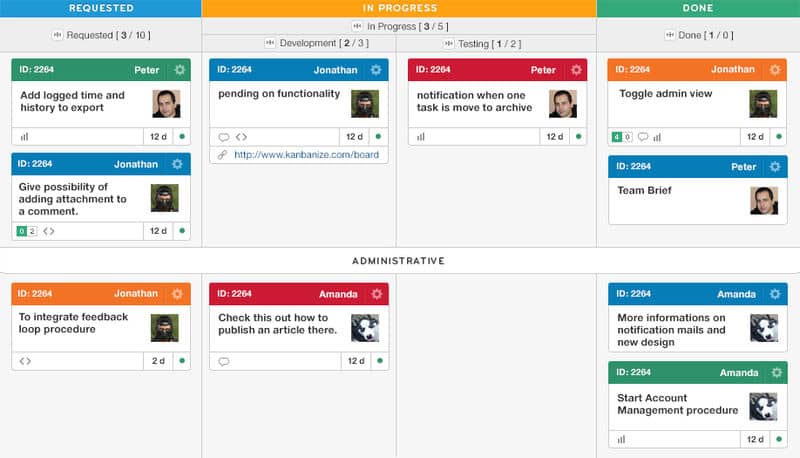Do you ever have those days where your task list seems so massive you have no idea where to start? Yeah, me too. The “to-do” list is central to staying organised both in life or with your project, but when this list runs to pages long it can easily become overwhelming and unworkable. Here are a few tips on keeping your to-do list manageable;
1. Don’t Sweat the small stuff
Not every minuscule task should be on your to-do list.
When you start adding every cough and *ahem* into your list, then you will spend more time managing and grooming your list than you will be attending to the work and striking those items off your list. Another note about tasks is not to multi-list, that is, if you’ve got an important email to a client that you need to reply to and you’ve snoozed it in Gmail for it to ping you at the end of the day, don’t then add a “Reply to [Client X’s] email” in your list. Keep your list tight!
On the flip side of this, is to make sure that the tasks on your to-do list are realistic. A task like “Build a website” is going to get you nowhere. Break this down into actionable and bite-sized chunks.
2. There will be order!
Coming from a long stint in Germany has infused me with a *kind of* love of order. When putting together a list of tasks, grouping them and/or putting them in order of importance works well with our human brains. The ability to reshuffle the list is very important too as what may be important this morning could suddenly not be quite so important by the end of the day. A lot can happen in a few hours!
Scrum uses exactly this methodology in structuring its product backlog – the user stories are ordered in order of importance, but this list is completely fluid and can change as the project progresses and evolves.

3. Detail
Want to stop people wandering over/Slacking/emailing you and asking you to clarify something regarding your task? Then add context, detail and all information that they would need to get cracking on that particular task;
- contact phone numbers
- email address
- logins
- client expectations
and so on… A bit of time spent on being clear here can save you a lot of time in clarifying later, or even worse – correcting a mistake made due to lack of detail or information.
4. Share the task love
Obviously, you are responsible for your own personal tasks – that is a given. However, in the context of a project then you need to assign tasks to people so that they become owners of that task. Each task is theirs until that task is completed. It is up to them to work with other people to achieve the desired outcome if required, or even delegate it to someone better suited, however, the responsibility remains with them to ensure it’s completed satisfactorily and the team involved are updated.
This leads to task visibility – all tasks relating to a project should be centrally visible to all members working on that project. This gives people a better overview of what they are working towards and also the effect of their tasks on other people’s tasks. Some project managers like to shield non-relevant tasks to team members in the hopes of not overwhelming them, however, this just removes context and can be demotivating.
5. Deadlines
Tasks need deadlines.
This is something that on a personal to-do list always slides… and generally, that is OK. What is not OK is missed deadlines in a professional context – the knock-on effects of people not getting their tasks done within the agreed timeframe can be enormous and have an embarrassing and potentially costly result. Adding a deadline or timeframe to tasks is the best way to track progress and the only effective way to remain on top of a project timeline as a whole.

Which brings me to tools
The hunt for the Holy Grail of task management (project management) software is legendary. It’s also a legendary time-vampire. There are probably very few companies that have managed to find something that ticks all the boxes with an “off the shelf” product.
Generally speaking, you have to make compromises in certain areas or use multiple tools to get your work done. If you are lucky enough to work with a team of talented coders, then you may be able to have something bespoke coded up for you (I’m looking over at the Mogul development team as I write this). It’s vitally important to test drive anything that you use in a professional environment as thoroughly as possible. Chances are you and your team will be working in this system all day, every day.


